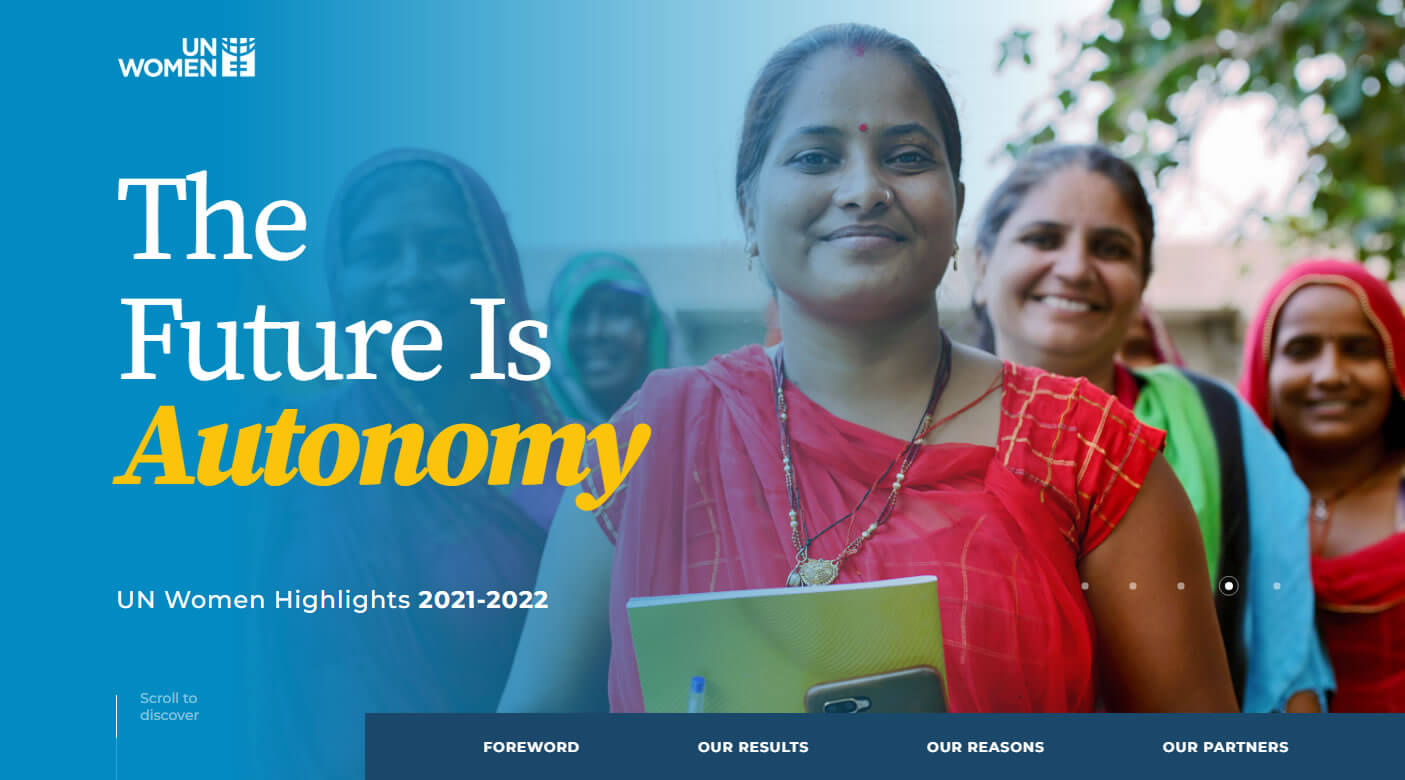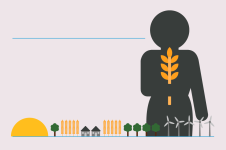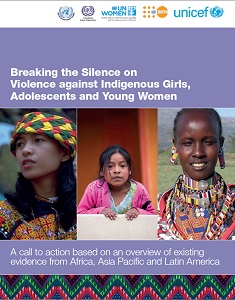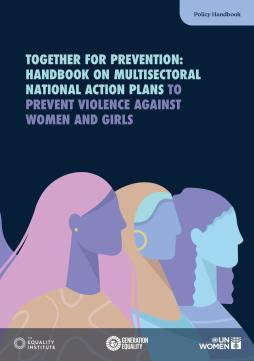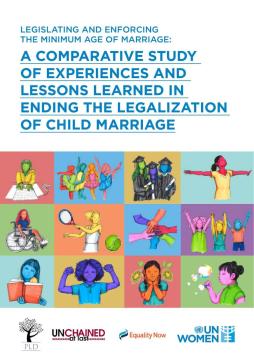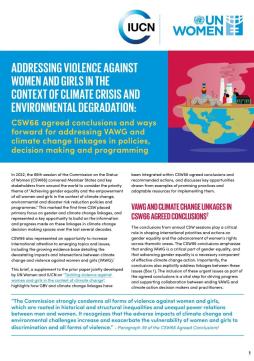Breaking the Silence on Violence against Indigenous Girls, Adolescents and Young Women
Violence against women and girls is a pervasive violation of human rights that persists in every country in the world and cuts across all socioeconomic groups and cultures. Rooted in historically unequal power relations between women and men and gender-based discrimination, available data reveals that as many as 7 in 10 women in the world report having experienced physical and/or sexual violence, most of them at the hand of intimate partners.
The inter-agency study entitled “Breaking the Silence on Violence against Indigenous Girls, Adolescents and Young Women: A call to action based an overview of existing evidence from Africa, Asia Pacific and Latin America” highlights that the forms and nature of violence that women and girls experience are shaped and influenced by the often multiple forms of discrimination they face. They can be based on factors such as age, ethnicity, geographic location, or disability, and intersect with gender inequality and discrimination. In the case of indigenous girls, adolescents and young women, the broader contexts of discrimination against indigenous peoples such as colonial domination, continued discrimination, limited access to social services, dispossession from ancestral lands and militarization issues increase their vulnerability to violence and limit their ability to seek protection and recourse.
The study, the first of its kind, reviews existing quantitative and qualitative data on the prevalence and incidence of the types of violence which have already been documented in relation to these groups in Africa, Asia and Latin America. Three countries were selected, one per region, to illustrate the findings. For Latin America, Guatemala was selected for the study to benefit from its widely documented experience as a post-conflict country and for its on-going legislative and institutional reforms aimed at addressing issues such as femicide and sexual violence among indigenous women and girls. For Africa, Kenya was chosen, given available evidence on the prevalence of female genital mutilation/cutting among indigenous communities and promising legislative developments in this field. Finally, in the Asia-Pacific region, the Philippines was selected because of the involvement of girls and adolescents in armed conflict in the predominantly indigenous area of Mindanao and accompanying initiatives to address this situation.
In addition to stressing the need to address the ‘statistical silence’ around violence against indigenous girls and women by enhancing efforts around data collection and analysis, the existing information presented in the report provides a solid case for the need to strengthen efforts to protect the rights of indigenous girls and women.
VIEW ONLINE:
PDF version: English




